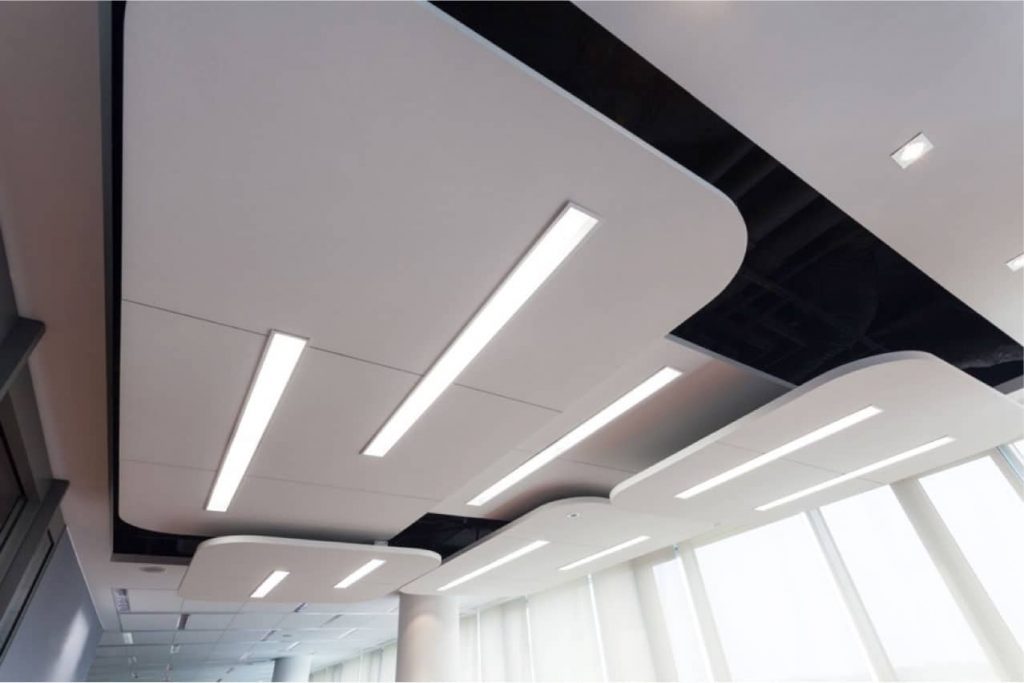DIY – Making Life Simpler
The Internet is such a vast and interesting place. Maybe one day it will contain just about everything that sums up what we know as humans since time began as it’s fast getting there. In amongst all that data are some interesting DIY forums for the DIY or self build enthusiasts all offering sound advice from the industry tradesmen. Included here are questions and answers for dry wall or dry lining applications and from time to time plasterboard curved walls and arches appear.
Dry lining of walls and suspended ceilings is something than any competent handyman can tackle. Taping and jointing or skimming, on the other hand, is a little more tricky but it’s a skill that can be learned. This is not intended to insult all those tradesmen whose livelihood depend on this day in and day out as they can do it at speed and normally without error. Indeed, in my experience, some of them know more about dry lining technique than the designers who have to first draw the details. Technical books such as the White Book by British Gypsum are helpful, if the DIY enthusiast has heard of them, but it’s occasionally the tricky and unusual issues that find their way onto the forums.
Building a curved wall or an arch is only tricky because plasterboard is a flat material that was not intended to bend at least not to the degree that some of the arches or walls require. So you find on these forums the tradesmen’s tips to score the back of the board or to wet it and leave it overnight standing up. V-Cut’s Flexiboard is much simpler as it can be applied quickly and will bend to any radius including S shapes so provided you form the shape with the understructure you can wrap it with the boards. That means any DIY enthusiast having the basic principles of dry walling in mind can build a curved wall or arch. V-Cut makes life simple.

